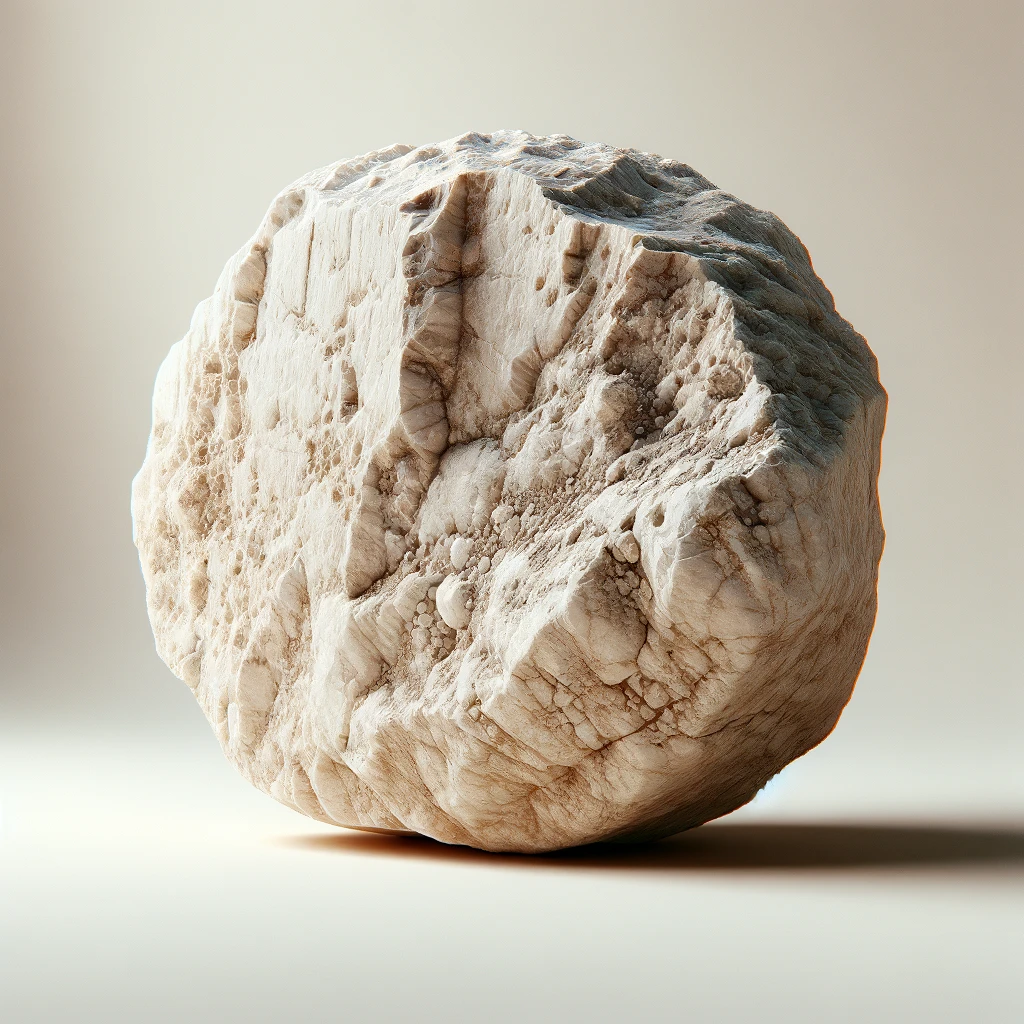A Deep Dive Into The Installation Process of Limestone
The intricacies involved in installation of limestone can be flooring.
This chalky white stone, favored for its aesthetics, has a unique installation process when compared to other materials.
Let’s explore what makes it distinct, and how we can navigate the complexities associated with it.

Table of Contents
Installation Process for Limestone and Other Construction Materials
Installation Process for Limestone
Limestone, a sedimentary rock often used for its timeless appeal, is a unique material to work with. Its desirable aesthetic quality is coupled with intricate installation practices.
Pre-installation
Preparing limestone for installation is a careful process to evade damaging the material. It involves ensuring the limestone is properly sealed to avoid staining and to minimize wear over time.
During Installation
Unlike some materials, limestone requires a full-bed mortared installation. This involves carefully laying the limestone on a bed of mortar and using a rubber mallet to position the stone correctly. The setting of limestone necessitates skilled craftsmanship and precision.
Installation Process for Other Construction Materials
Installation processes for other popular construction materials, such as bricks, concrete blocks, and tiles, can be vastly different.
Brick Installation
Installing bricks involves laying the bricks in a pattern, applying mortar onto each layer, and then sealing it with more mortar. The process is relatively straightforward but requires accuracy and attention to detail.
Concrete Block Installation
Concrete blocks, typically used in large-scale constructions, are stacked into place and bonded with strong adhesive materials. This provides significant load-bearing properties and is often faster than other installation methods.
Tile Installation
Tiles are usually set in place using an adhesive before being grouted around the edges. This process is quite similar to brick installation but comparatively quicker and easier.
Comparison of Installation Processes
Limestone installation is typically more time-consuming and requires a higher level of skill than other materials. This is primarily due to the delicate nature of limestone and the requirement for full-bed mortared installation.
| Materials | Installation time | Skill Level Required |
|---|---|---|
| Limestone | Long | High |
| Brick | Medium | Medium |
| Concrete Block | Short | Medium |
| Tile | Short | Low |
Selecting a construction material for your project will depend on several factors including the desired aesthetic, available budget, and project timeframe. This guide should help navigate the installation processes associated with different materials and aid in making an informed decision.
As always, be sure to speak with a trained professional before undertaking any large construction or remodeling jobs to ensure the most effective and efficient use of your chosen material. Remember, the job well done is a result of careful planning and skilful execution with the necessary knowledge of construction materials.
For more detailed information on the matter, please consult the research from Concrete Network and the insights from Building Construction Illustrated by Francis D.K. Ching.

the Uses of Limestone in Real Estate Development
Real estate developers have embraced the use of limestone for a myriad of uses, leveraging its unique characteristics to construct buildings that offer both style and longevity.
What is Limestone?
Limestone is a sedimentary rock composed primarily of calcite and aragonite. Known for its white or off-white appearance, it’s easily accessible in areas with significant sedimentary rock deposits.
Common Uses of Limestone in Real Estate Development
There are several ways limestone is used in real estate development. Here are some of the more popular applications:
- Building Material: Limestone blocks are often used in the construction of buildings and other structures.
- Landscaping: Crushed limestone is a common choice for landscaping, providing a visually appealing contrast to the surrounding area.
- Road Construction: Limestone can be crushed and used for road bases or as filler material in concrete and asphalt paving.
- Architectural Accents: For aesthetic purposes, limestone is a popular choice for fireplace surrounds, columns, and other architectural details.
- Soil Treatment: Pulverized limestone is often used to neutralize acidic soils, improve water penetration, and enrich the soil with calcium.
Benefits of Using Limestone
Limestone offers several benefits that make it a superior choice for real estate development:
- Durability: Limestone is a hard, durable substance that can withstand harsh weather conditions.
- Cost-Effective: The material is abundant and easy to mine, making it a cost-effective choice for large-scale construction projects.
- Aesthetic Appeal: It enhances the aesthetic appeal of buildings because it comes in a variety of finishes and colors.
Understanding construction materials like limestone and their applications can go a long way in enhancing the quality and efficiency of real estate development projects, whether they be residential, commercial, or industrial. Taking advantage of limestone’s attributes can lead to more sustainable and cost-effective building solutions.
Sources
Home Advisor – Landscaping with Limestone
The Price of Limestone in Comparison to Other Building Materials
Understanding Limestone Pricing
Limestone is a key player in the construction industry, widely adopted due to its strength, durability, and ease of manipulation.
The pricing of limestone depends on several factors, including quality, thickness, size, and the supplier’s location.[source]
Determinants of Limestone Pricing
- Grade: The higher the grade, the more expensive it becomes.
- Size: Larger stones tend to cost more as they require more resources to extract and shape.
- Thickness: The price of the limestone increases with its thickness.
- Supplier location: Transporting costs play a critical role in final price determination.
Comparison of Limestone Price to Other Building Materials
The cost of limestone often stacks up well compared to other common building materials. Here, we provide a comparison of limestone against some frequently-used construction materials.
| Material | Average Cost per Square Foot |
|---|---|
| Limestone | $10 – $30 |
| Brick | $5 – $15 |
| Concrete | $2 – $8 |
| Marble | $40 – $100 |
Despite being somewhat more expensive than materials like brick and concrete, limestone’s aesthetic appeal, durability, and ease of handling make it a favored choice among constructors and architects alike.
On the other hand, compared to marble, limestone offers a similarly elegant appearance and durability at a fraction of the cost, making it an excellent choice for budget-conscious projects.
Consequently, when determining the material to use in construction, it is crucial to consider more than price alone; factor in elements like durability, ease of use, appearance, and the building’s purpose.[source]
The Lowdown On Limestone
In conclusion, we’ve found that installing limestone is a time-consuming process requiring precision and high-level craftsmanship. Despite its complexities, it offers a unique, timeless appeal that differentiates it from other construction materials. Brick and tile installation processes are somewhat similar and require a medium degree of skill, but are less labor-intensive than limestone.
Conversely, concrete block installation is considerably faster, requiring the stacking and bonding of blocks rather than intricate setting.
Ultimately, the choice of construction material should align with the project’s aesthetics, budget, and time constraints.
From our perspective, there is no “one size fits all” in construction – each material has its strengths and weaknesses, and the optimal choice varies with every individual project. As always, engaging with a trained professional is key before jumping into large scale constructions or remodeling jobs. Knowledge is power, and a well-executed project is the offspring of careful planning and application.






